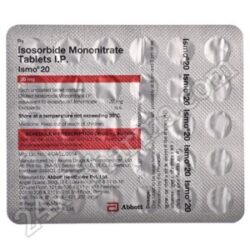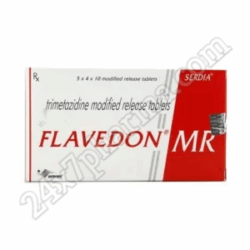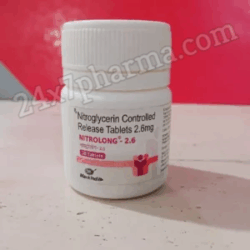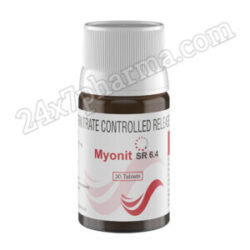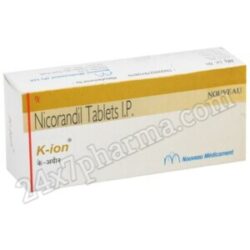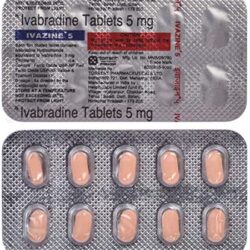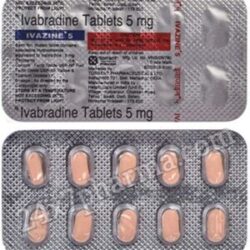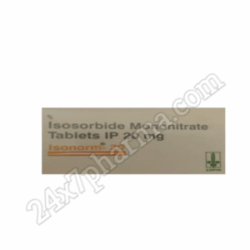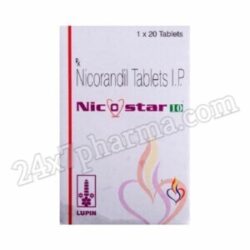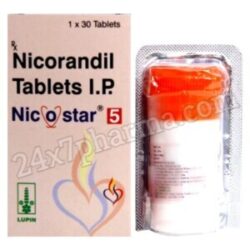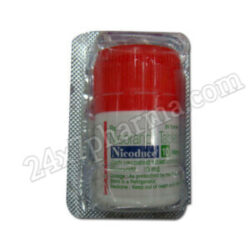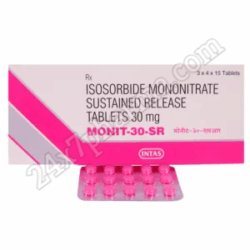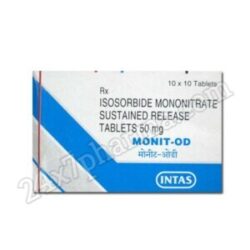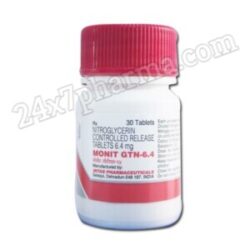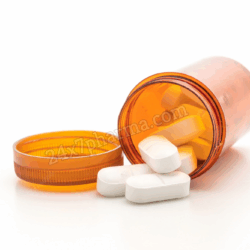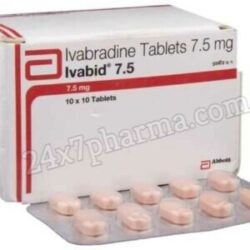Angina
Showing 1–16 of 133 resultsSorted by latest
FLAVEDON MR 35mg Tablet 30
Original price was: $24.$20Current price is: $20.Myonit SR 6.4mg Tablet 30’S
Original price was: $17.$15Current price is: $15.Monit Gtn 6.4mg Tablet 30’S
Original price was: $11.$10Current price is: $10.Angina is a kind of chest pain which develops due to the blood flow to the heart muscle is reduced. This could happen due to the fact that the heart muscle isn’t receiving enough flow of oxygen rich blood.
Angina could feel similar to the feeling of pressure or a squeeze within the chest. It can also feel like stomach pain. It is the common sign that is associated with coronary artery disease (CAD).
The reason in Angina?
Angina is a condition that occurs when coronary arteries are narrowed due to the accumulation of plaque. This hinders the flow in oxygen-rich blood flow to heart muscles. In the situation of this, the heart muscle isn’t functioning in the way it should to.
Two kinds of angina.
- The most stable angina common type of angina. It occurs when you’re physically active or are under stress. Angina that is stable is usually cured with relaxation or Nitroglycerin.
- Angina that is unstable is a severe form of angina that can occur without any pressure or activity and generally in the evening. Angina that isn’t stable is an indication that you’re at risk of suffering an heart attack. It is essential to dial 911 when you experience this type of chest pain.
What are the signs about Angina is a diagnosis?
The doctor will ask about your health and medical background. They’ll also conduct an exam. The doctor could recommend other tests, such as Electrocardiogram (EKG) and an fitness stress test (EST) and coronary cardiac catheterization CT angiogram and Magnetic Image Processing (MRI).
What exactly is Angina treatment?
Treatment for Angina differs according to the severity of the condition and the frequency of its occurrence. Options for treatment include diet and lifestyle changes in addition to surgical and medication.
- Lifestyle changes may reduce the risk to develop CAD. This could include things like quitting the use of cigarettes, and exercising more often.
- Medication – Medication can increase the flow of blood to the heart, and ease chest pain. The most frequently used drugs are beta blockers as well as calcium channel blockers. Nitrates are ACE inhibitors as and statins.
- Operation – Surgery could be suggested in cases where lifestyle changes or medications aren’t working and you’re at a higher chance for developing the condition known as CAD. Options for surgery include coronary bypass grafting (CABG) and percutaneous coronary intervention (PCI). PCI is the process of opening blocked arteries by using balloons, stents and the use of stents. CABG is the procedure of using a portion of healthy artery within your body to create an escape route for the blocked arterial.
If you feel chest pain that doesn’t disappear when you rest or take Nitroglycerin, you must get in touch with 911 right away because it could be a sign of angina instability , which can lead to heart attacks.
If you have stable angina, you should consider lifestyle changes such as stopping smoking cigarettes, losing weight and exercising more frequently will reduce the risk to develop CAD.
Treatments such as beta blockers, calcium channel blockers Nitrates, ACE inhibitors as well statins may help improve circulation to the heart and alleviate chest discomfort. Surgery might be suggested for those whose life and medication aren’t working and you’re at an increased risk of developing CAD.

